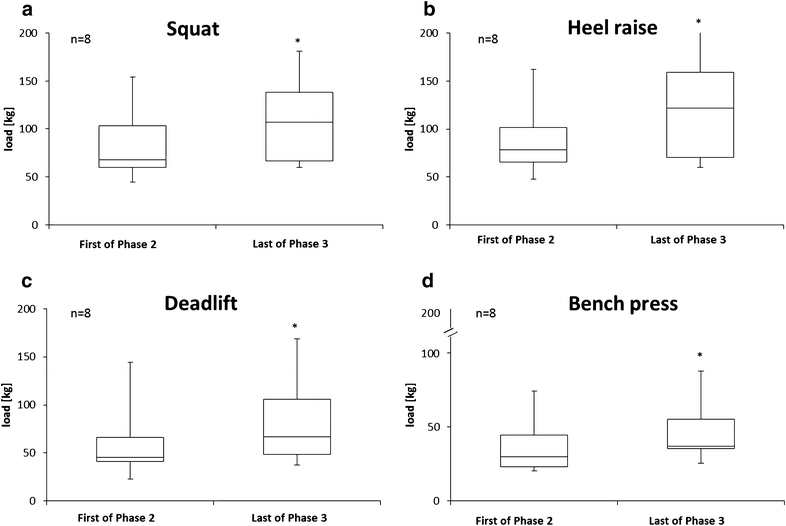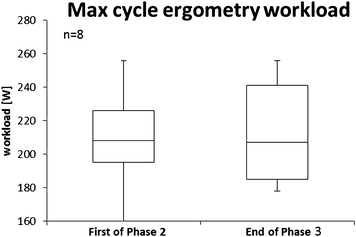Exercise in space: the European Space Agency approach to in-flight exercise countermeasures for long-duration missions on ISS
- PMID: 27489615
- PMCID: PMC4971634
- DOI: 10.1186/s13728-016-0050-4
Exercise in space: the European Space Agency approach to in-flight exercise countermeasures for long-duration missions on ISS
Abstract
Background: To counteract microgravity (µG)-induced adaptation, European Space Agency (ESA) astronauts on long-duration missions (LDMs) to the International Space Station (ISS) perform a daily physical exercise countermeasure program. Since the first ESA crewmember completed an LDM in 2006, the ESA countermeasure program has strived to provide efficient protection against decreases in body mass, muscle strength, bone mass, and aerobic capacity within the operational constraints of the ISS environment and the changing availability of on-board exercise devices. The purpose of this paper is to provide a description of ESA's individualised approach to in-flight exercise countermeasures and an up-to-date picture of how exercise is used to counteract physiological changes resulting from µG-induced adaptation. Changes in the absolute workload for resistive exercise, treadmill running and cycle ergometry throughout ESA's eight LDMs are also presented, and aspects of pre-flight physical preparation and post-flight reconditioning outlined.
Results: With the introduction of the advanced resistive exercise device (ARED) in 2009, the relative contribution of resistance exercise to total in-flight exercise increased (33-46 %), whilst treadmill running (42-33 %) and cycle ergometry (26-20 %) decreased. All eight ESA crewmembers increased their in-flight absolute workload during their LDMs for resistance exercise and treadmill running (running speed and vertical loading through the harness), while cycle ergometer workload was unchanged across missions.
Conclusion: Increased or unchanged absolute exercise workloads in-flight would appear contradictory to typical post-flight reductions in muscle mass and strength, and cardiovascular capacity following LDMs. However, increased absolute in-flight workloads are not directly linked to changes in exercise capacity as they likely also reflect the planned, conservative loading early in the mission to allow adaption to µG exercise, including personal comfort issues with novel exercise hardware (e.g. the treadmill harness). Inconsistency in hardware and individualised support concepts across time limit the comparability of results from different crewmembers, and questions regarding the difference between cycling and running in µG versus identical exercise here on Earth, and other factors that might influence in-flight exercise performance, still require further investigation.
Keywords: Astronaut training; European Space Agency; Exercise countermeasures; International Space Station; Microgravity; Physical performance; Space flight.
Figures




References
-
- Baker ES, Wear ML. Human response to space flight. In: Barratt MR, Pool SL, editors. Principles of clinical medicine for space flight. New York: Springer; 2008. pp. 27–58.
-
- Lori Ploutz-Snyder L, Ryder J, English K, Haddad F, Baldwin K. NASA evidence report: risk of impaired performance due to reduced muscle mass, strength, and endurance. HRP-47072. 2015.
-
- Fitts R, Riley DA, Widrick J. Physiology of a microgravity environment. Invited review: microgravity and skeletal muscle. 2000. - PubMed
LinkOut - more resources
Full Text Sources
Other Literature Sources

